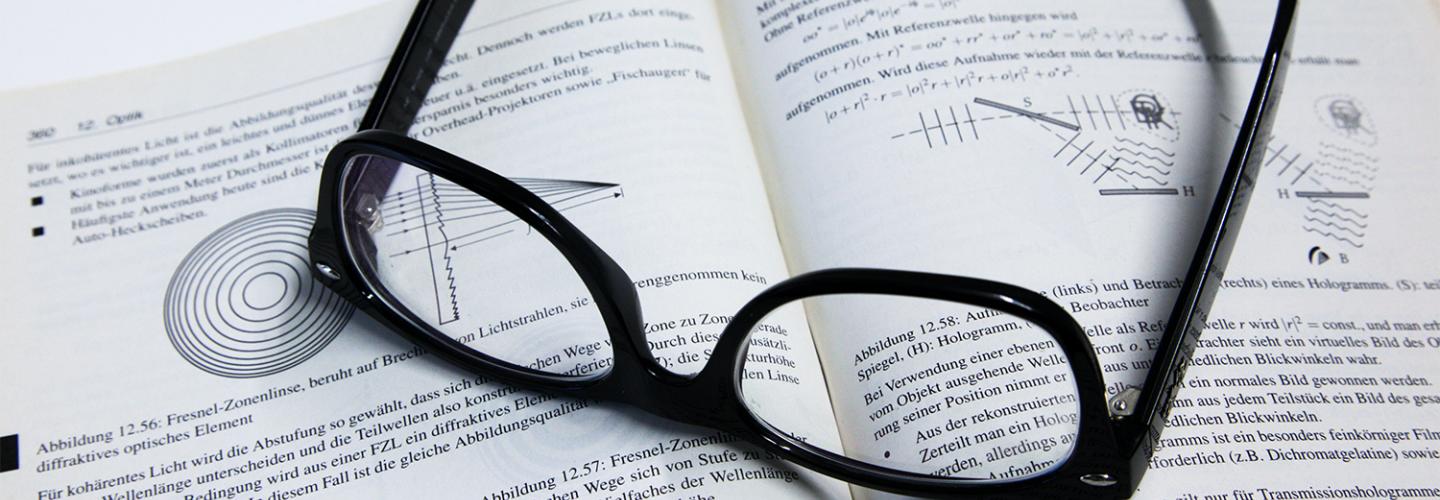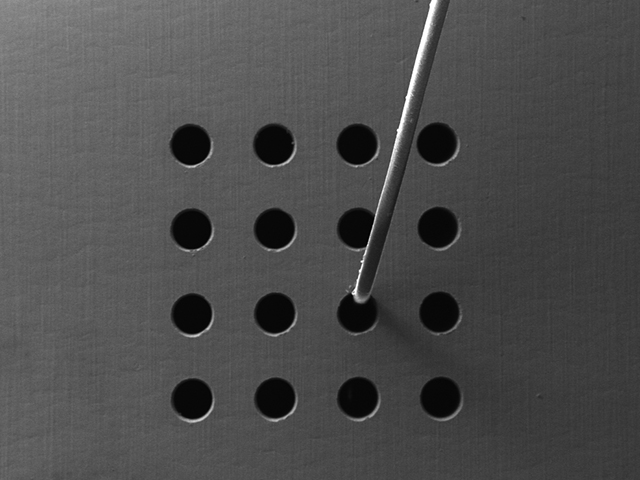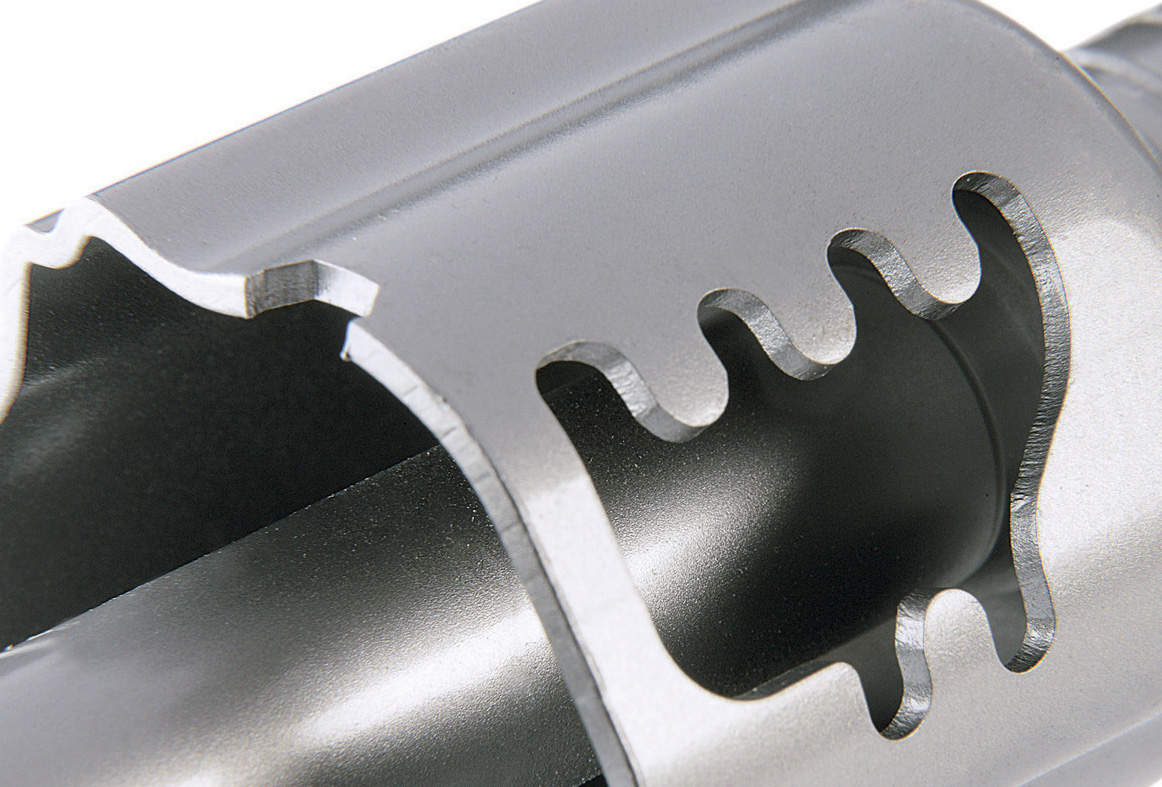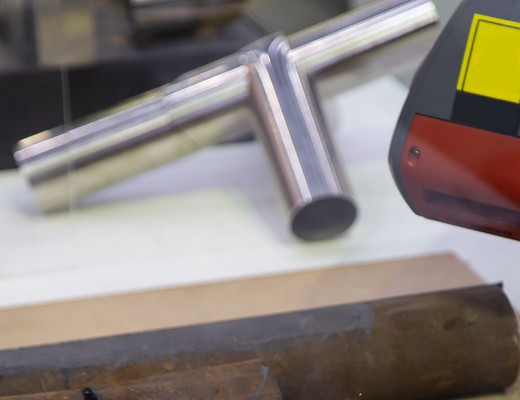Alternatively, these websites may already contain answers to the topic :
S
SCANahead is an innovative control technology, ...
see Digital Encoder Technology
see offset error
Skew error is tilting of the image field axes ...
see Focal Diameter (Focal Spot)
The step response time is the time interval required ...
도구로서의 레이저
SCANLAB의 스캔 솔루션은 레이저를 범용 도구로 변환하여 재료에 기능과 가치를 더할 수 있게 합니다. SCANLAB의 폭넓은 스캔 솔루션 제품군은 더 빠른 속도, 더 뛰어난 정밀성 또는 친환경성에 대한 요구를 충족하도록 도와 줍니다.









